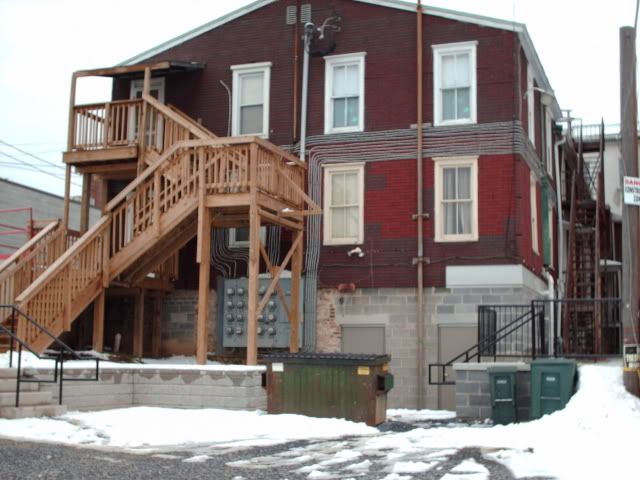What do you guys use for drill/hole saws - size and type - to do these specific jobs:
1. 200A SE cable from Meter to Main Panel (with various kinds of outside finish - vinyl siding, wood, etc.) - run out of bottom of meter socket, and then 90'd through sill area
2. 200A SE cable from Meter to Main Panel (with various kinds of outside finish - vinyl siding, wood, etc.) - run out of back of Meter Socket
3. Normal everyday NM (Romex) holes
What other auger bits/hole saws/self-feed wood bits (
http://www.irwin.com/irwin/consumer/jhtml/browse.jhtml?catId=IrwinCat100182) do you have on hand, and what are there uses. Debating if I go out and buy a whole set of hole saws, or just individual. I have them for the 4" Recessed, as I had a remodel with 4" cans - but don't have any outside the standard 7/8", 1-1/8" = maybe a 2"+ - but I can't remember what I used that for. Then, like to hear feedback on the various manufactures of Hole Saws. Is it worth paying the long dollar for the carbide tipped models?
Thanks
Dave


